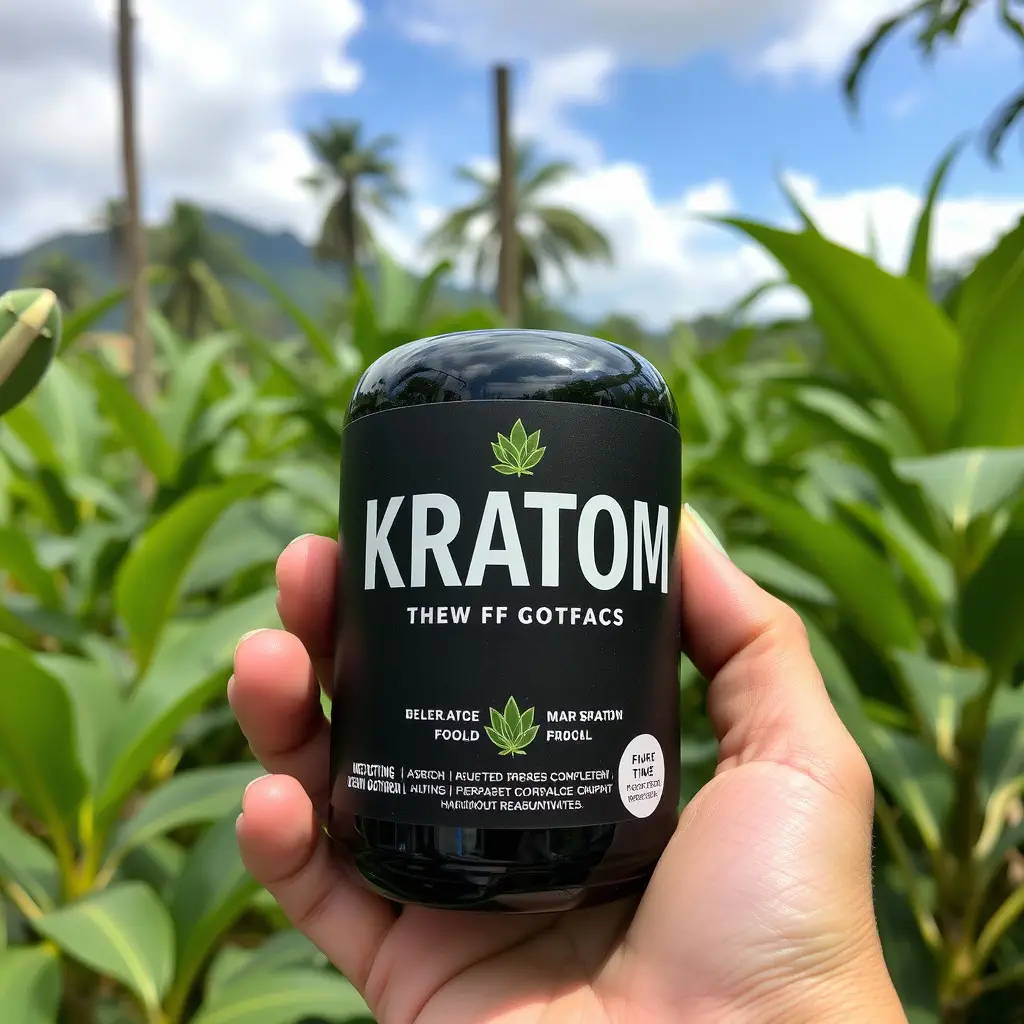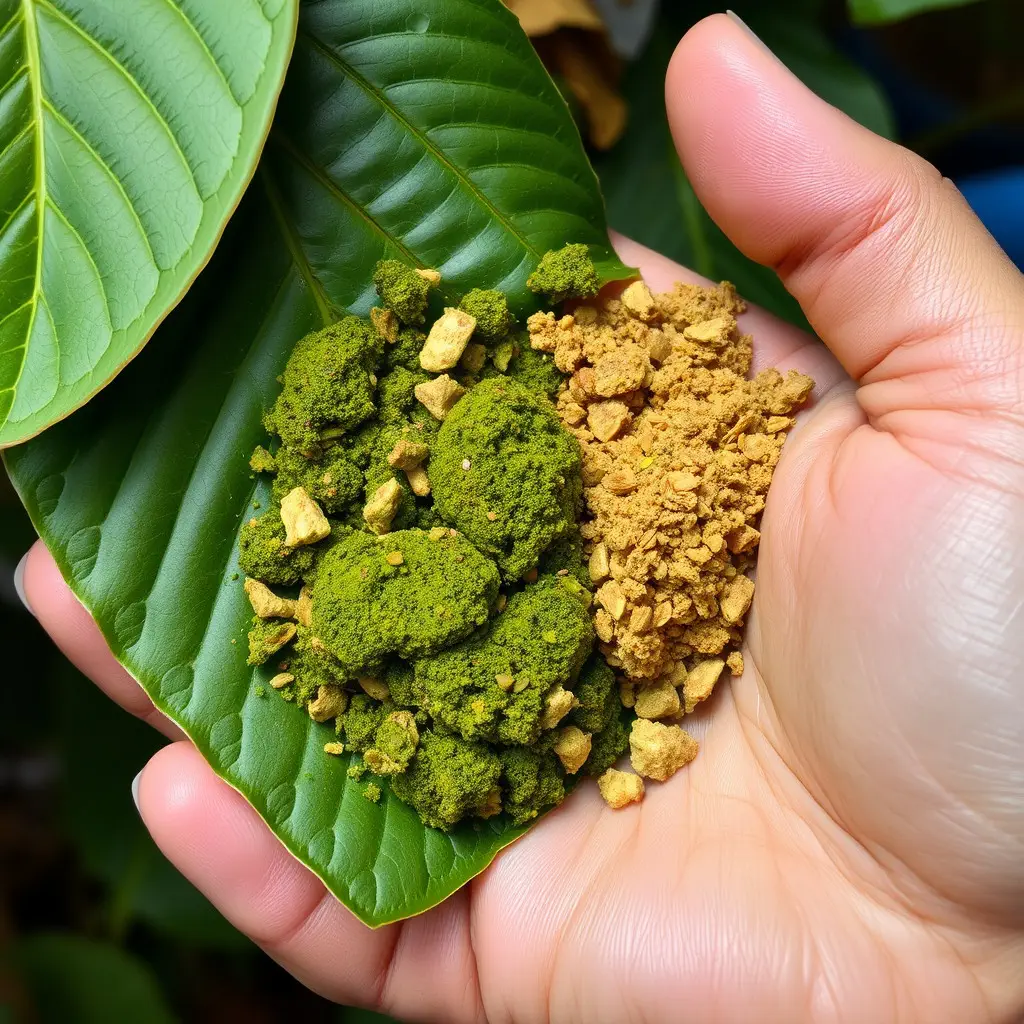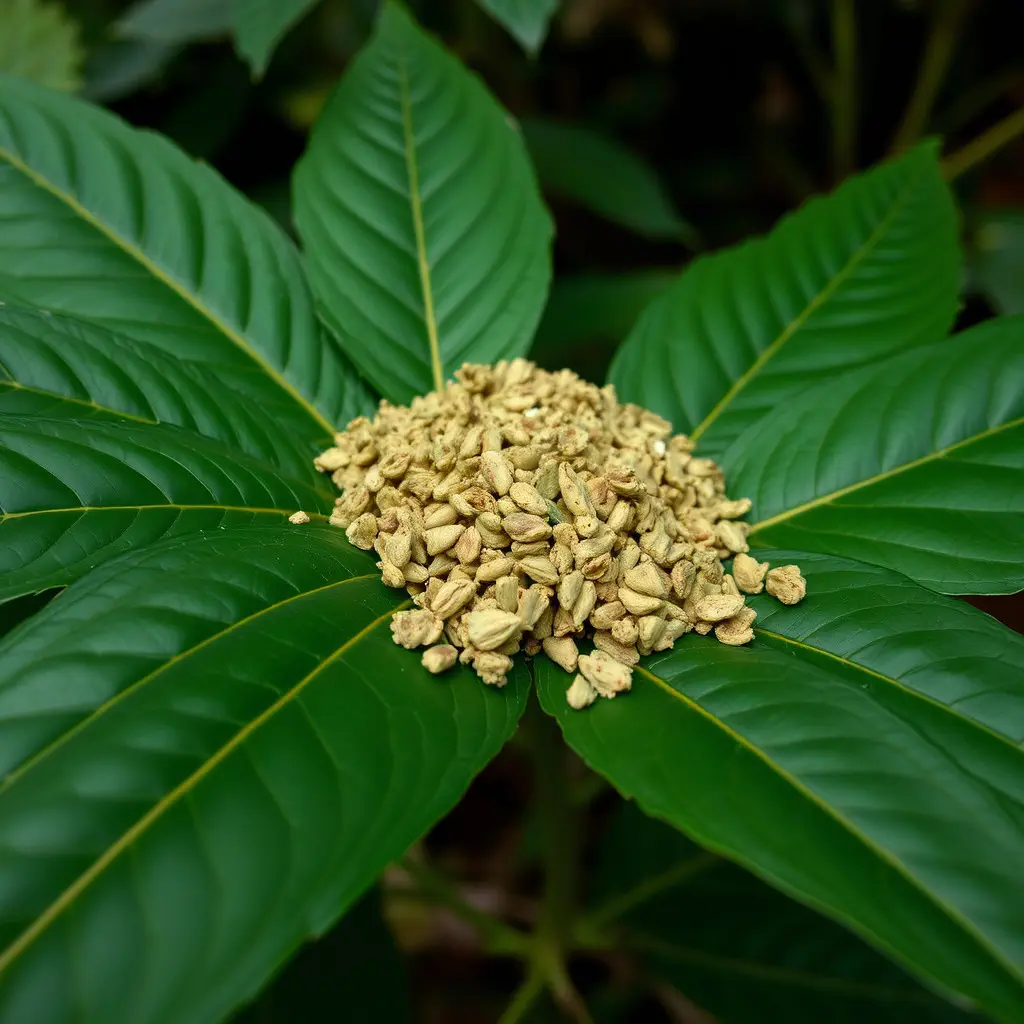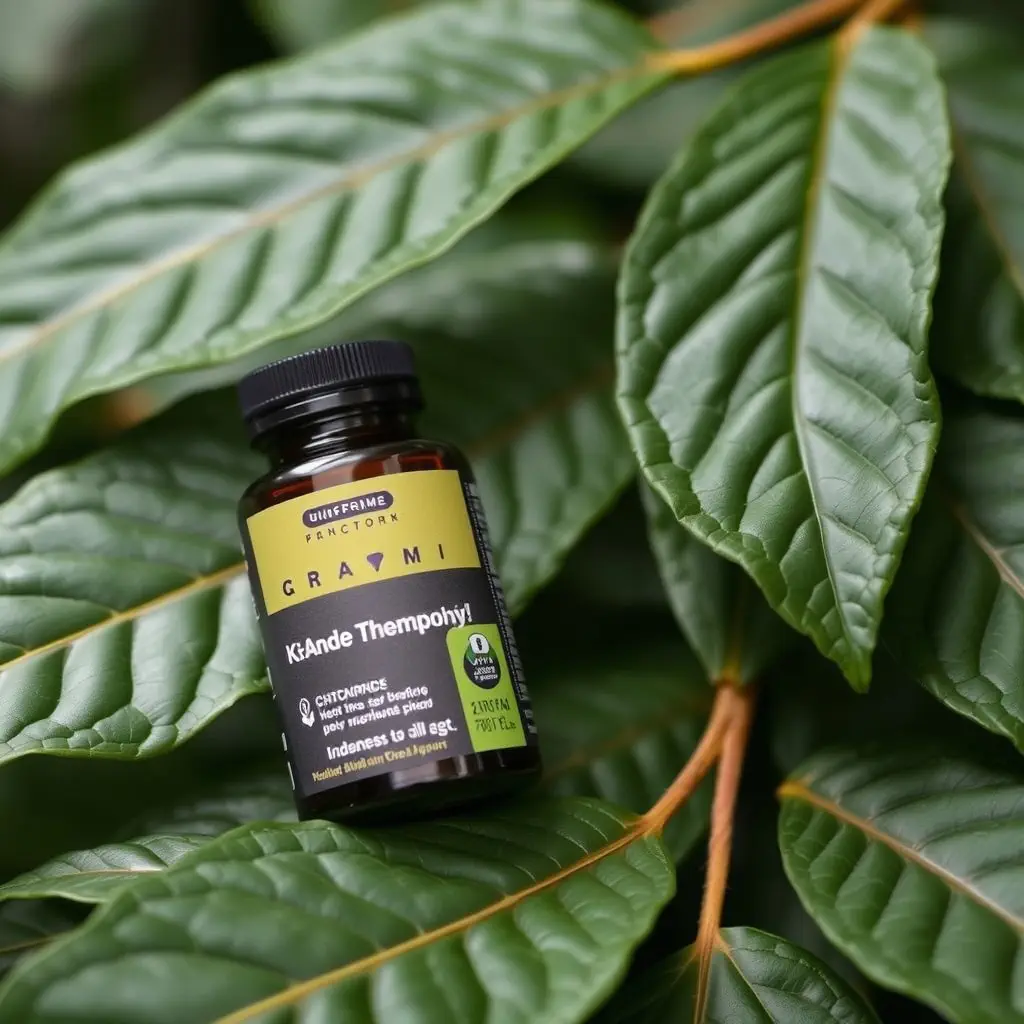In Louisiana, Kratom's legality is complex; it's federally legal in the U.S., but under state law, it's classified as a Schedule I controlled dangerous substance, akin to substances like heroin and LSD. This classification imposes strict regulations on its use. While some parish restrictions are in place due to safety concerns and potential for misuse, there's an ongoing debate about its role in managing chronic pain and assisting with opioid withdrawal. The situation in Louisiana reflects a nuanced balance between regulation and the advocacy of its purported benefits, with legal status varying across different parts of the state. Consumers interested in Malaysian Kratom buds, which contain alkaloids like mitragynine and 7-hydroxymitragynine, should stay informed about the evolving legal landscape and consult healthcare professionals to ensure they are compliant with local laws and adhering to safe consumption practices. As of the latest update, Kratom is not explicitly scheduled in Louisiana, but this could change with new legislative actions, so it's important to verify the current regulations at all times.
Exploring the complexities surrounding the herbal supplement kratom, this article sheds light on the intriguing Malaysian Kratom Buds. Known botanically as Mitragyna speciosa, kratom’s status under Louisiana law has sparked a significant debate among policymakers and health enthusiasts alike, raising queries such as “Is kratom legal in Louisiana?” We delve into this contentious issue, tracing the origins of Malaysian Kratom Buds from their roots in traditional practices to their contemporary uses. Additionally, we dissect the varied effects, distinct varieties, and diverse consumption methods associated with this natural substance, offering a comprehensive overview that informs and enlightens readers on the multifaceted world of kratom.
- Unraveling the Legal Status of Kratom in Louisiana: A Closer Look at the Mitragyna Speciosa Debate
- Exploring the Origin and Uses of Malaysian Kratom Buds in Traditional and Modern Contexts
- Understanding the Effects, Varieties, and Consumption Methods of Malaysian Kratom Buds
Unraveling the Legal Status of Kratom in Louisiana: A Closer Look at the Mitragyna Speciosa Debate

The legality of Kratom, a tropical evergreen tree from Southeast Asia belonging to the Rubiaceae family and commonly referred to as Kratom or Mitragyna speciosa, has been a subject of intense debate in Louisiana. As of recent legislative updates, Kratom’s status in Louisiana remains nuanced, with state laws reflecting a cautious approach towards this botanical substance. While the federal government has not explicitly banned Kratom, its regulation falls under the purview of individual states, which have varying stances on its use. In Louisiana, Kratom is technically legal; however, it has been scheduled by the Louisiana Department of Health as a Schedule I controlled dangerous substance as per Act 371 of 2018. This scheduling places strict regulations on Kratom, classifying it alongside substances like heroin and LSD, despite its distinctly different effects and potential medicinal benefits. Advocates for Kratom’s legalization argue that the substance can offer relief from chronic pain and opioid withdrawal symptoms, positioning it as a potentially valuable tool in combating the opioid crisis. Conversely, concerns about Kratom’s safety and potential for abuse have led to its restriction in certain Louisiana parishes, highlighting the complexity of the issue and the ongoing dialogue surrounding the legality of Kratom in the state. Those interested in the status of Kratom should monitor legal developments closely, as the debate continues to evolve with new scientific research and policy considerations. Is Kratom legal in Louisiana? The answer is complex, with a mix of state-level regulations and ongoing discussions reflecting the dynamic nature of this debate.
Exploring the Origin and Uses of Malaysian Kratom Buds in Traditional and Modern Contexts

Malaysian Kratom buds, derived from the Mitragyna speciosa tree, have a rich history steeped in traditional usage and a resurgence in modern times. Originating from the Southeast Asian nation of Malaysia, Kratom has been utilized by locals for centuries, primarily as a natural remedy. The indigenous peoples of Malaysia, including the Dayak and Orang Asli communities, have employed kratom leaves to alleviate fatigue, enhance stamina, and manage pain. In these traditional contexts, kratom was typically consumed in its leaf form, either by chewing or brewing into a tea.
In contemporary society, Malaysian Kratom buds have garnered global attention due to their reported effects, which range from mild stimulation to sedation, depending on the dosage. The alkaloids present in kratom, principally mitragynine and 7-hydroxymitragynine, are credited with these properties. The plant’s popularity has led to its inclusion in various products like capsules, powders, and tinctures, catering to a wide array of consumers seeking natural wellness solutions. The global market for kratom has expanded significantly, with many users reporting benefits for conditions such as chronic pain and opioid addiction. As of my knowledge cutoff in 2023, the legal status of kratom varies by region; for instance, it is legal at the federal level in the United States, but state-specific regulations can differ. In Louisiana, kratom is legal, aligning with the state’s approach to natural supplements and alternative medicines. Users interested in incorporating Malaysian Kratom buds into their regimen should be aware of the evolving legal landscape and consider consulting with a healthcare professional before use.
Understanding the Effects, Varieties, and Consumption Methods of Malaysian Kratom Buds

Malaysian Kratom Buds, hailing from the Mitragyna speciosa tree, have garnered attention for their diverse effects and potential benefits. These effects are primarily attributed to the alkaloids present in the leaves, which can vary depending on the strain. Understanding the effects of Kratom is crucial for those considering its use, as it can range from stimulant-like effects at lower doses to sedative effects at higher doses. The primary alkaloid, mitragynine, along with 7-hydroxymitragynine, are responsible for these varied outcomes. Users often report improved mood, increased energy, and pain relief, making it a subject of interest in natural medicine practices.
When it comes to varieties, Malaysian Kratom is renowned for its distinct strains, each with its own nuanced effects. The most common consumption methods include ingesting the dried leaves as tea or capsules, which is preferred for precision dosing. Additionally, some users opt for powdered Kratom, which can be mixed into various beverages or food items. Tinctures and extracts are also available but should be approached with caution due to their potency. As for legal considerations, such as the status of kratom in Louisiana, it’s essential to stay informed on state and federal regulations. As of the knowledge cutoff date, kratom is not explicitly scheduled under Louisiana’s controlled substances act, but its legal status can change with new legislative updates. Users should always verify the current legal status before purchasing or consuming Kratom products. In any case, it’s advisable to consume Kratom responsibly and in moderation, adhering to local laws and guidelines.
Malaysia’s native Kratom buds have long been woven into both traditional and contemporary practices, offering a multifaceted role that spans well beyond their regional origins. As the debate on the legal status of Kratom in Louisiana continues to unfold—with queries like “Is Kratom legal in Louisiana?” at the forefront—it becomes increasingly clear that a nuanced understanding of this complex plant is necessary. This article has peeled back layers of the discussion surrounding Kratom’s legality, its storied history, and the breadth of its applications. From the varying effects it imparts to the diverse methods of consumption, Kratom continues to provoke thought and scrutiny across various domains. As policymakers in Louisiana contemplate the future of this botanical substance, it is imperative that they consider the wealth of information available on its origins, uses, and implications, ensuring that informed decisions are made for the well-being of their constituents.






